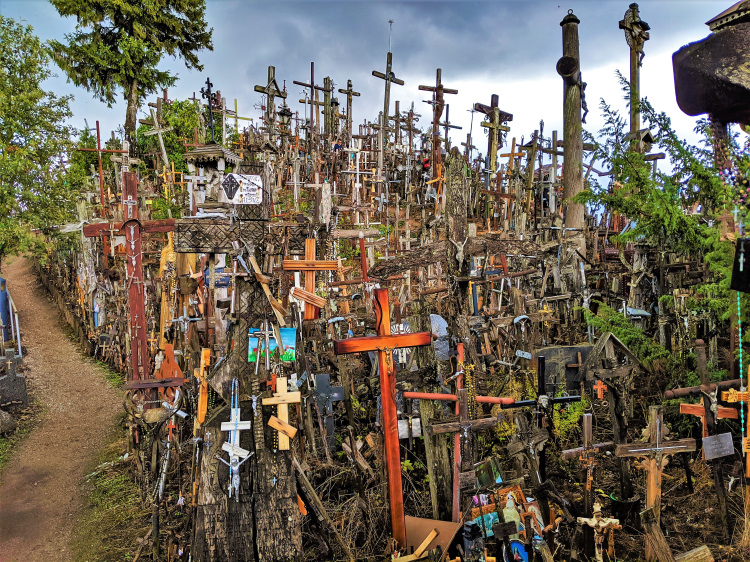
The area of Kernavė has been inhabited for the last 10,000 years, with the number of settlements significantly increasing in the Mesolithic and Neolithic eras. The town was first mentioned in 1279, when, as the capital of the Grand Duke Traidenis, it was besieged by the Teutonic Knights. In 1390, during the Lithuanian Civil War, the knights burned the town and its buildings in the Pajauta valley, including a castle. After this raid, the town wasn’t rebuilt, and the remaining residents moved to the top of the hill instead of staying in the valley.
In later years, the remains of city were covered with an alluvial earth layer, that formed wet peat. It preserved most of the relics intact, and it is a treasure trove for archaeologists, leading some to call Kernavė the “Troy of Lithuania”. For example, Kernavė has the oldest known medgrinda, a secret underwater road paved with wood. The road was used for defense and dates from the 4–7th centuries.
The site became the subject of interest when Feliks Bernatowicz depicted the area in his novel “Pojata, córka Lizdejki” (“Pajauta, Daughter of Lizdeika”, Warsaw, 1826). The hillforts soon started to be excavated and continue to this day.
While it was amazing to see how steep and close together these four hills are on the plains below, it was disappointing since all you saw were the hills. If they rebuilt one of the fort at the top of the hill or used some other means to help you see how the hills were used and built upon it would have helped.
Sadly, the best part of this World Heritage Site is the museum, where they have lots of interactive displays about how the area was used, settled, built upon, defended, and the crafts needed in a town. Other than that, it is a nice walk among some impressively steep hills that are 50 feet tall.
